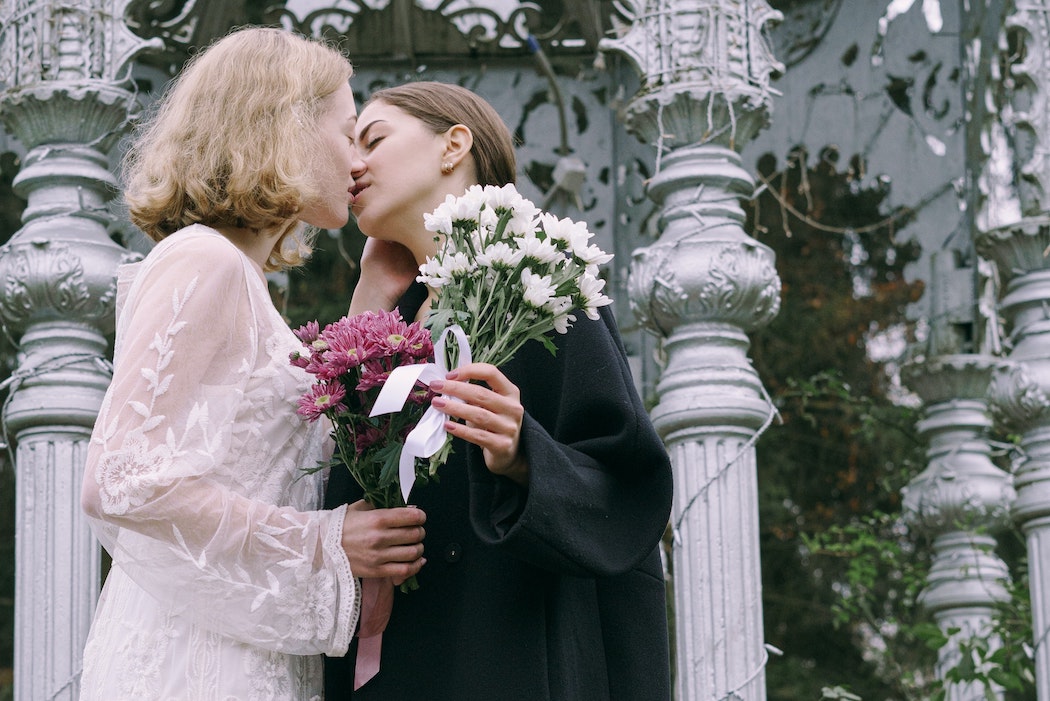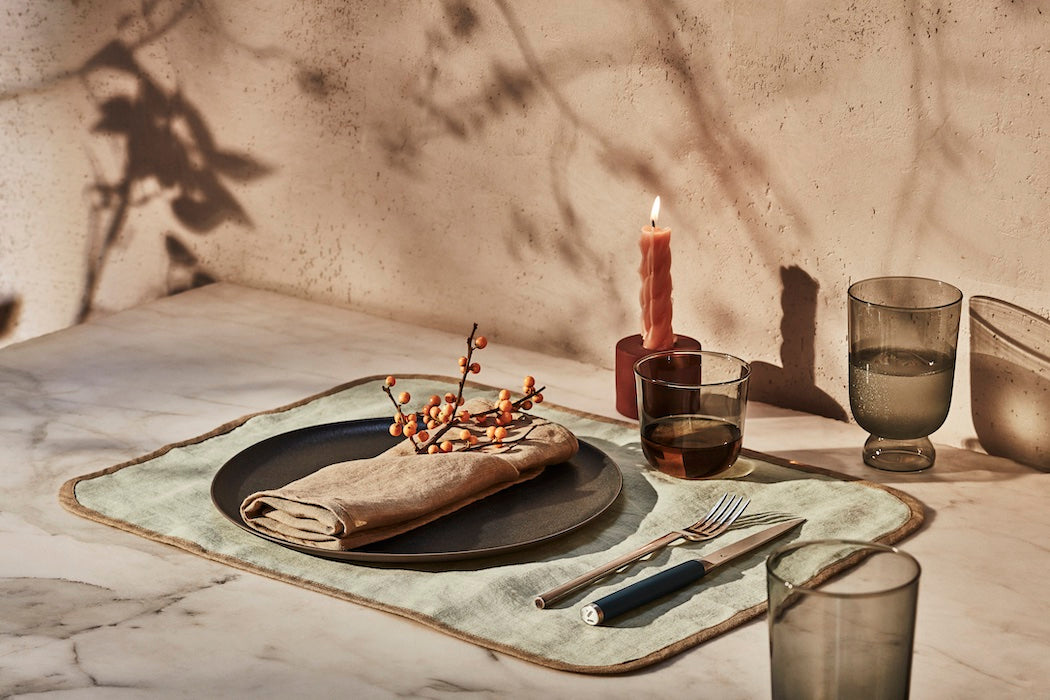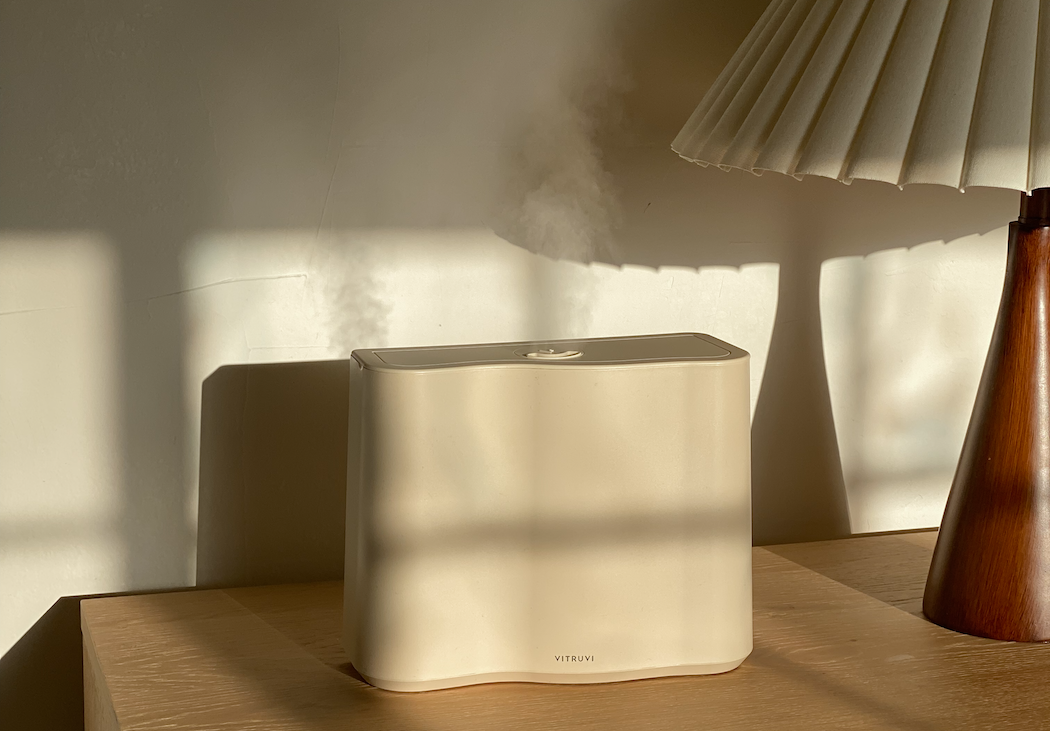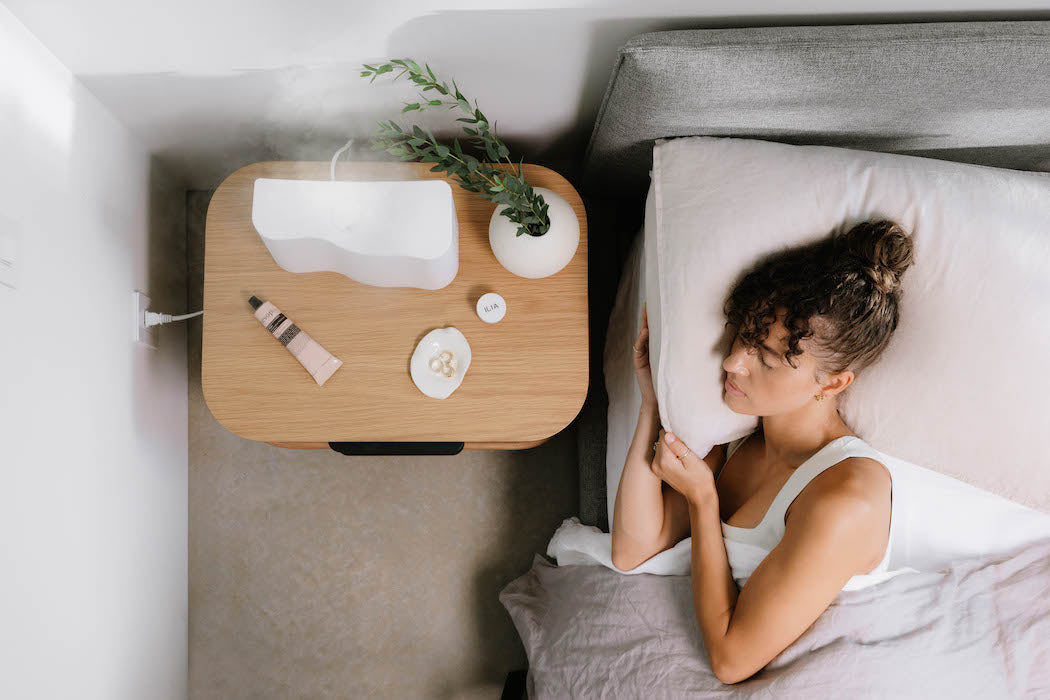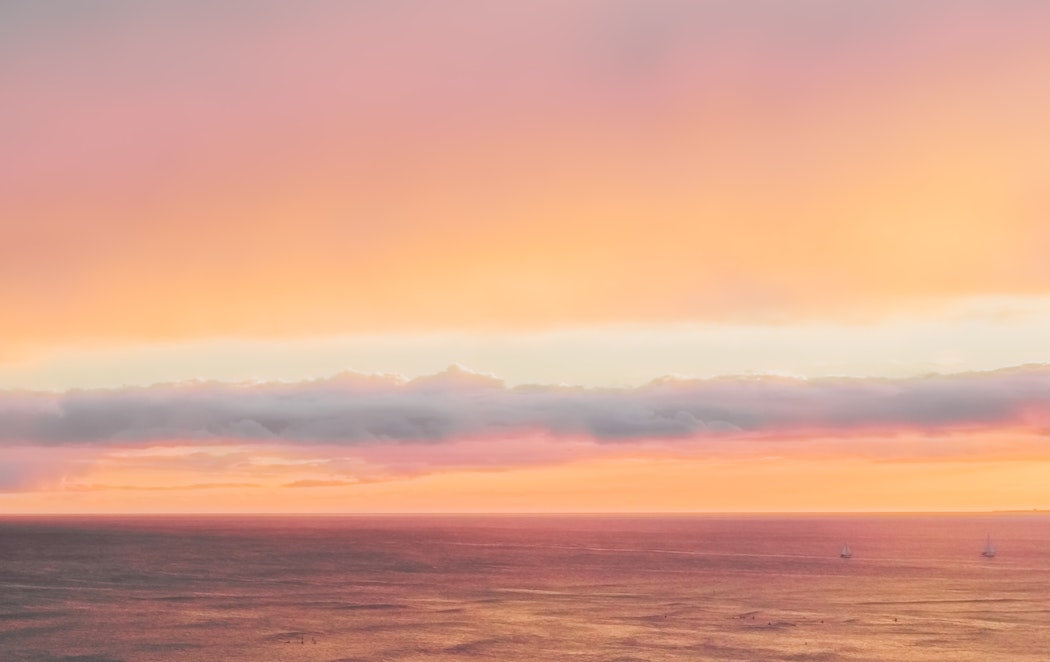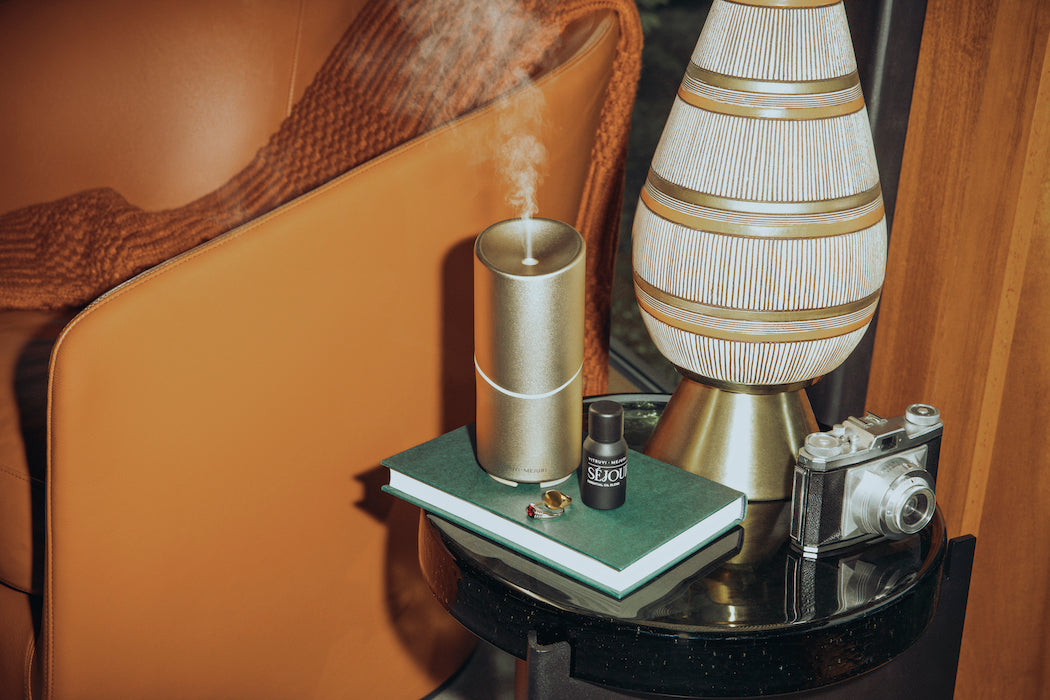Stylist and slow fashion designer Jasmien Hamed loves crooked teeth, clean cashmere, dirty lattes, the illustrations made by Yves St. Laurent in midcentury Marrakech, and fresh mint tea. She also loves travelling; it’s apparent in everything she does. As the child of a Dutch mother and an Egyptian father, her appreciation for cultural differences may have been baked in. Growing up in Utrecht, the Netherlands, Hamed loved to play dress-up. By the early 1980s, she was watching MTV and, in resourceful imitation of the self-invention of Madonna and other American pop icons, began cutting holes in pantyhose mined from her mother’s closet to turn them into gloves. To give just one example.
Today, Hamed is still playing a game of dress-up, albeit a more refined one. For clients from Nike to Nordstrom, doing commercial, film, and editorial shoots (and even one ‘80s period film for which she did the costume design), the 40-year-old styles everything from products, people, and garments to the impalpable: lifestyles, digital identities, and fragrances. In 2013, she played with crystals and made origami dresses for Adobe packaging and software. For a new book by vitruvi cofounder Sara Panton called Essential Well Being, Hamed framed ingredients—salt, clay, lavender buds—for do-it-yourself recipes by sourcing dishware, ceramic spoons, sponges, herbs, and slabs of marble or slate. “I thought about the tools and methods used to make the recipe,” she says, “and how to convey the process.” For the book project, Hamed was given the latitude to pursue serendipities—conditions under which her work flourishes. “Sometimes spontaneous things happen—a shadow falls on a wall—and if you’re not given the creative freedom to react spontaneously,” she says, “the spontaneity is lost and the whole project feels forced.”
It is perhaps no surprise, then, that Hamed finds inspiration most places she looks. “I’m always seeing and gathering because I know I can use it somewhere, but you have to be careful you don’t become a hoarder,” she admits. “Inspiration is everywhere.” It’s on Instagram, at the Alameda flea market, and in little shops like San Francisco’s Found by Maja, which sells curated items from flea markets around the globe. Hamed watches filmmakers like Wes Anderson and Pedro Almodovar, who almost always dresses his lead character in red. “There are little things you can pick up,” she says, “new ways to tell a story. But as a stylist, you’re never following just one thing. It’s project-related. For different clients, I look at different sources of inspiration. It always changes. You have to be a chameleon.”

Skilled from an early age in the arts, Hamed studied graphic design in Amsterdam before doing product graphics, creating mood boards, and forecasting trends for a local design office. In the evenings, she embarked on a two-year post-graduate course in styling that later landed her at an electronic music magazine as the fashion editor. That was when the perennial travel began.
Today, Hamed—dark, slender, and almost six feet tall—could be mistaken for one of her models. Having moved to San Francisco in 2003, she now lives in the hills of Sausalito where, in 2015, she launched a fashion label called Très Nomad after her own restless curiosity. Her pale-pink-and-white studio along the waterfront—where a powder-puff pink Berber carpet and rippling silk drapes mix with rustic old flat-file drawers—offers a range of made-to-measure, planet-friendly, hand-dyed women’s garments. Hamed issues 12 seasonless styles per year, each pattern cut from the same fabric (a blank-white silk charmeuse) sewn by local seamstresses and custom-coloured in one of 43 non-toxic hues. They’re bespoke, expressive, and multicultural (she’s made variations on salwar pants and the kaftan)—wardrobe staples without ever looking standard issue.
Meanwhile, Hamed has become a one-stop-shop for her own businesses: trend forecasting, graphic design, sourcing, styling, and designing. But there’s a difference between the styling and her approach to fashion: one is fast and ephemeral; the other, slow and enduring. One is bound to mercurial fashions while the other reaches beyond the merely fashionable. “It’s not about following trends,” Hamed says. “It’s the antidote to following trends.”



